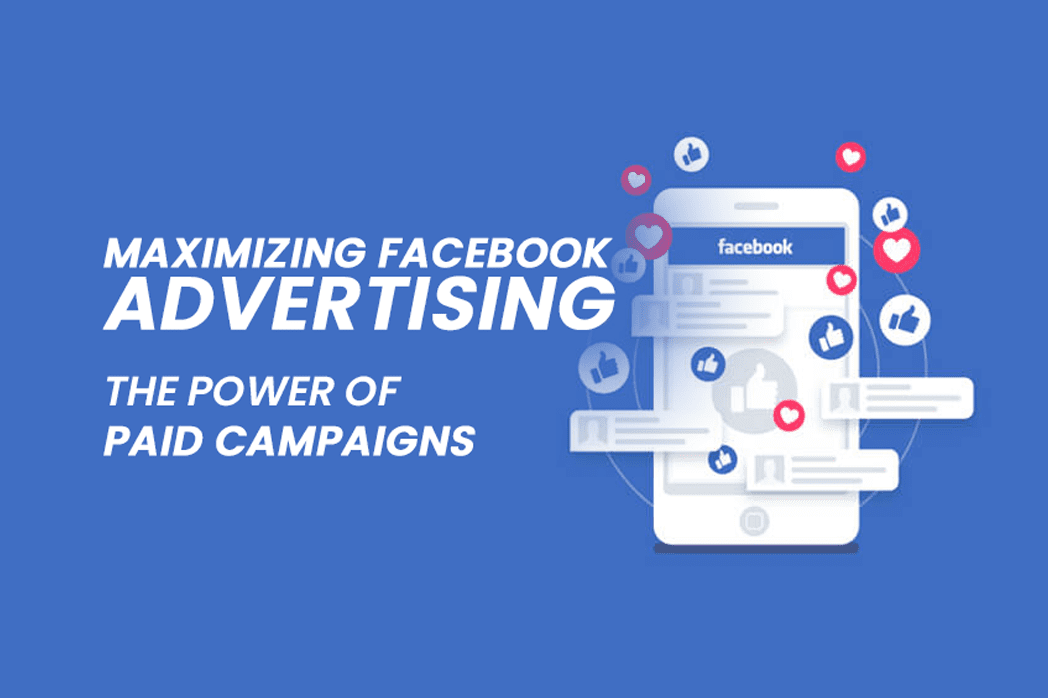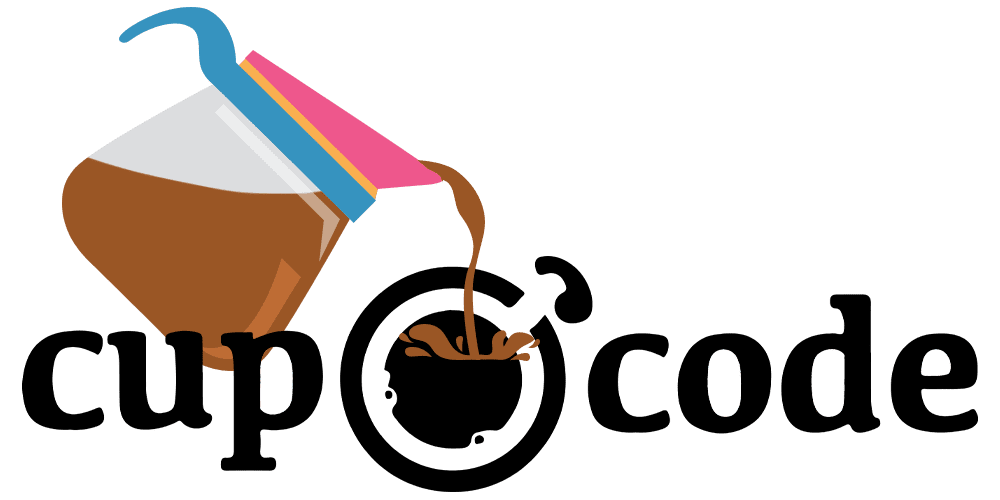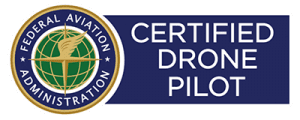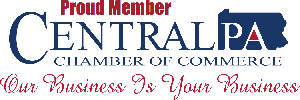Summary
This blog highlights the downsides of relying solely on organic Facebook posting and emphasizes the benefits of paid campaigns, such as advanced targeting and affordability. It provides savvy tips to maximize Facebook advertising in 2023, including ad format selection, clear objectives, pre-testing, performance tracking, optimization, and continuous refinement.
In today’s digital landscape, businesses are constantly seeking effective ways to reach their target audience and drive engagement. Facebook, or rather Meta, with its massive user base of 2.963 billion active users, presents a significant opportunity for businesses to connect with potential customers. While organic posting on Facebook has its merits, there are distinct downsides to relying solely on organic reach. This blog explores the limitations of an organic only Facebook approach, the benefits of paid campaigns, and provides savvy tips to maximize your Facebook advertising strategy in 2023.
The Downsides of an Organic Only Facebook Approach: Organic posting on Facebook relies on the likelihood of users stumbling upon your content in their news feeds. However, with the ever-increasing volume of posts and the evolving algorithms, the organic reach of your content becomes limited. The chances of someone seeing your post organically decrease, making it challenging to achieve substantial visibility and engagement. To overcome this hurdle, businesses need to consider the advantages of implementing paid campaigns on Facebook.
The Power of Paid Facebook Campaigns:
- Affordability: Compared to other popular advertising platforms like Google Ads, Facebook Ads offer more cost-effective options. The average cost per click (CPC) for Facebook Ads is around 94 cents, with some campaigns achieving clicks as cheap as 15 cents. In contrast, Google Ads typically have a CPC of $2.69 or higher (we’ve personally seen some customers having to pay $20-$25 per click to stay competitive). The affordability of Facebook Ads makes them suitable for businesses with various budgets, especially small businesses looking to maximize their advertising spend.
- Advanced Targeting Capabilities: Facebook Ads provide robust targeting options, allowing businesses to reach their ideal audience with precision. With features like interest targeting, behavioral targeting, and lookalike targeting, businesses can tailor their ads to users who have expressed interest in relevant topics, exhibited specific behaviors, or resemble their existing customer base. This targeting ability helps businesses tap into no-intent audiences, reaching potential customers who may not have actively searched for their products or services.
- Creating Brand Awareness: Facebook Ads excel at capturing the attention of users who are not actively searching for specific products or services. These ads have the potential to introduce users to something they didn’t know they needed or wanted. By strategically placing ads in users’ news feeds, businesses can pique their interest and prompt them to explore further when they are ready to make a purchase. This approach is particularly valuable for building brand awareness and attracting potential customers who may not have been actively seeking out your offerings.
Tips for Maximizing Your Facebook Advertising Strategy:
- Choose the Right Ad Format: Facebook offers a variety of ad formats, including image ads, video ads, carousel ads, collection ads, and more. Select the format that best suits your campaign goals and the nature of your products or services. For instance, if you’re selling physical products, carousel ads or collection ads can effectively showcase a range of offerings, while video ads or story ads might be more suitable for travel agents or service-based businesses.
- Define Clear Objectives: Clearly define your advertising objectives to guide your campaign’s success. Whether you aim to drive traffic, generate leads, increase app downloads, or boost sales, selecting the right objective helps Meta’s algorithm deliver your ads to the audience most likely to fulfill that objective. Consider using the available objective options in Ads Manager to align your campaign’s focus and optimize your results.
- Pre-test and Refine Your Ads: Before launching your ads, seek feedback from trusted sources, including colleagues and individuals within your target demographic. Their insights can help you identify what elements of your ads stand out and resonate with the intended audience. Additionally, consider A/B testing different ad formats and creatives to minimize ad fatigue and sustain user engagement over time.
- Track and Optimize Performance: Once your Facebook Ads are live, it’s crucial to monitor their performance and make data-driven optimizations. Utilize Facebook’s Ads Manager, which provides valuable metrics to measure the effectiveness of your campaigns. Key metrics to focus on include reach (the number of people who viewed your ad), impressions (the number of times your ad appeared on users’ screens), relevance score (Facebook’s assessment of your ad’s relevance to the target audience), and cost per result (the average cost of achieving specific outcomes like clicks or conversions).
- Consider Ad Scheduling: To maximize your ad spend, consider scheduling your ads to run during peak engagement times when your target audience is most likely to be active on the platform. Ad scheduling allows you to target specific days and times, ensuring your ads reach the right people at the right moment.
- Leverage Campaign Budget Optimization (CBO): CBO simplifies the management of your ad budgets and can lead to improved results. Instead of assigning budgets to individual ad sets, you set a budget for the entire campaign, and Facebook’s algorithm distributes the budget across the ad sets. This feature is especially beneficial when you have varying audience sizes in different ad sets, as it ensures proper allocation of your budget.
- Continuously Optimize: Optimization is an ongoing process. Analyze the performance metrics regularly and adjust your ads and targeting based on the data. Experiment with different variations, such as ad copy, visuals, and CTAs, to identify what resonates best with your audience. Test and refine your strategy to improve the cost of customer acquisition (CAC), which measures the cost of acquiring each customer. By continually optimizing your campaigns, you can drive better results and maximize your return on investment.
Conclusion:
While organic Facebook posting may have its limitations in terms of reach and visibility, Facebook Ads offer a powerful solution to effectively connect with your target audience. The affordability, advanced targeting capabilities, and potential for brand awareness make paid campaigns on Facebook a worthwhile investment. By following these savvy tips and continuously refining your strategy, you can leverage the full potential of Facebook advertising in 2023 and drive meaningful results for your business.












